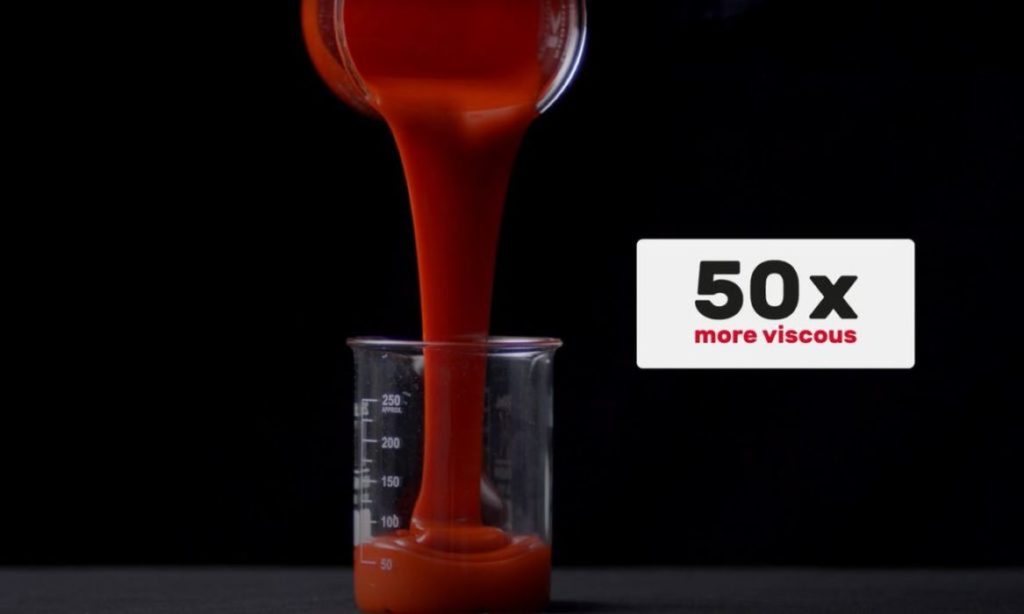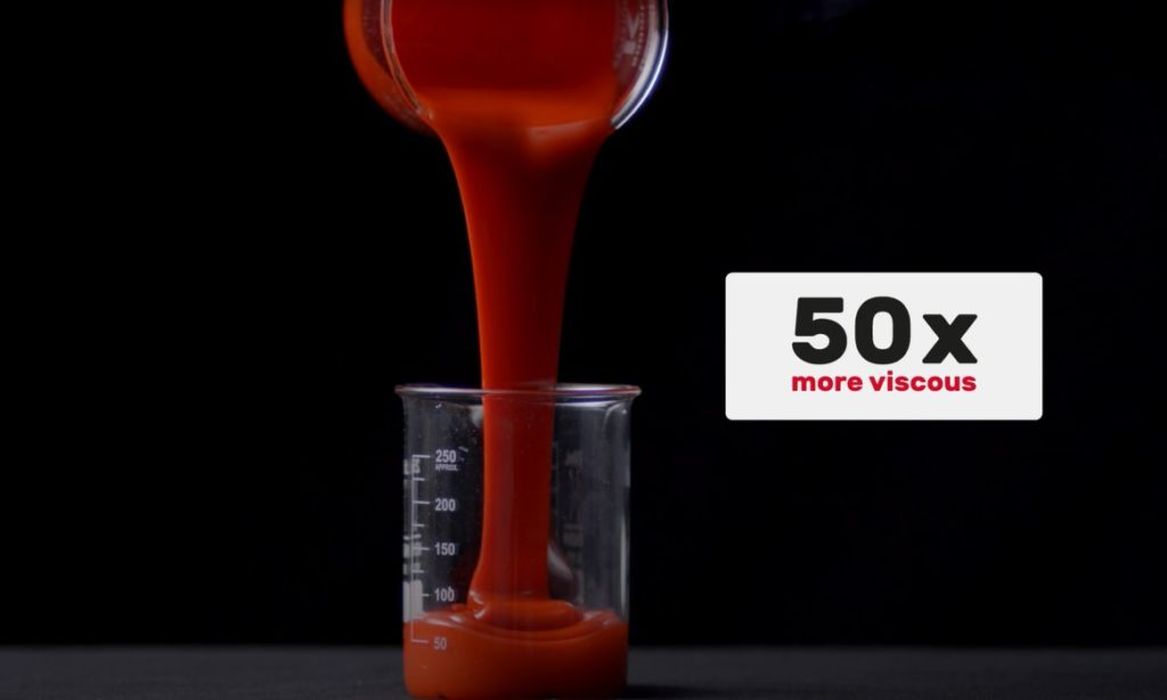
The new 3D printing process can use more viscous resins and create stronger parts.
Barcelona-based BCN3D has been developing 3D printing hardware and software since its founding in 2011. On March 2, BCN3D debuted a new resin-based 3D printing technology called Viscous Lithography Manufacturing, or VLM.
VLM represents a breakthrough in 3D printing, with the potential to give users complete control over every stage in their additive manufacturing processes, according to BCN3D’s press release. Additionally, as the name suggests, VLM can use resins that are up to 50 times more viscous than those used in current resin-based 3D printers.
What Is VLM and How Does It Work?
BCN3D’s patented VLM process is similar to other resin-based 3D printers, but with one big difference: the amount of resin used in each step. VLM works on thin layers of photopolymer resin, one at a time, rather than an entire vat of resin at once. The thin layers are transported from a material reservoir by a transparent film and then hardened with UV light.
In the VLM process, a roller first picks up the resin from the reservoir and laminates it on the underside of the transparent film. The resin-coated film then moves to the printer’s build chamber and the build plate rises up to meet it. UV light then hardens the resin in the appropriate shape, and the build plate lowers to peel the resin from the film. Any excess resin is recirculated into the material reservoir, which cuts down on wasted resin, according to BCN3D. The film returns to the material reservoir and the process repeats itself.
Advantages of VLM
On the surface, this new process might not seem particularly beneficial. But the VLM approach has several distinct advantages. Because resin is not required to flow into place, VLM printing allows for much higher resin viscosities than current printing methods. BCN3D says this will enable the use of new resins that are stronger and less brittle. These resins can be made even stronger with the use of additives.
The VLM process also makes it possible to implement multi-material 3D printing. With a second film mechanism and resin reserve, VLM can introduce different material layers without cross contaminating the different resins.
Read more at ENGINEERING.com

